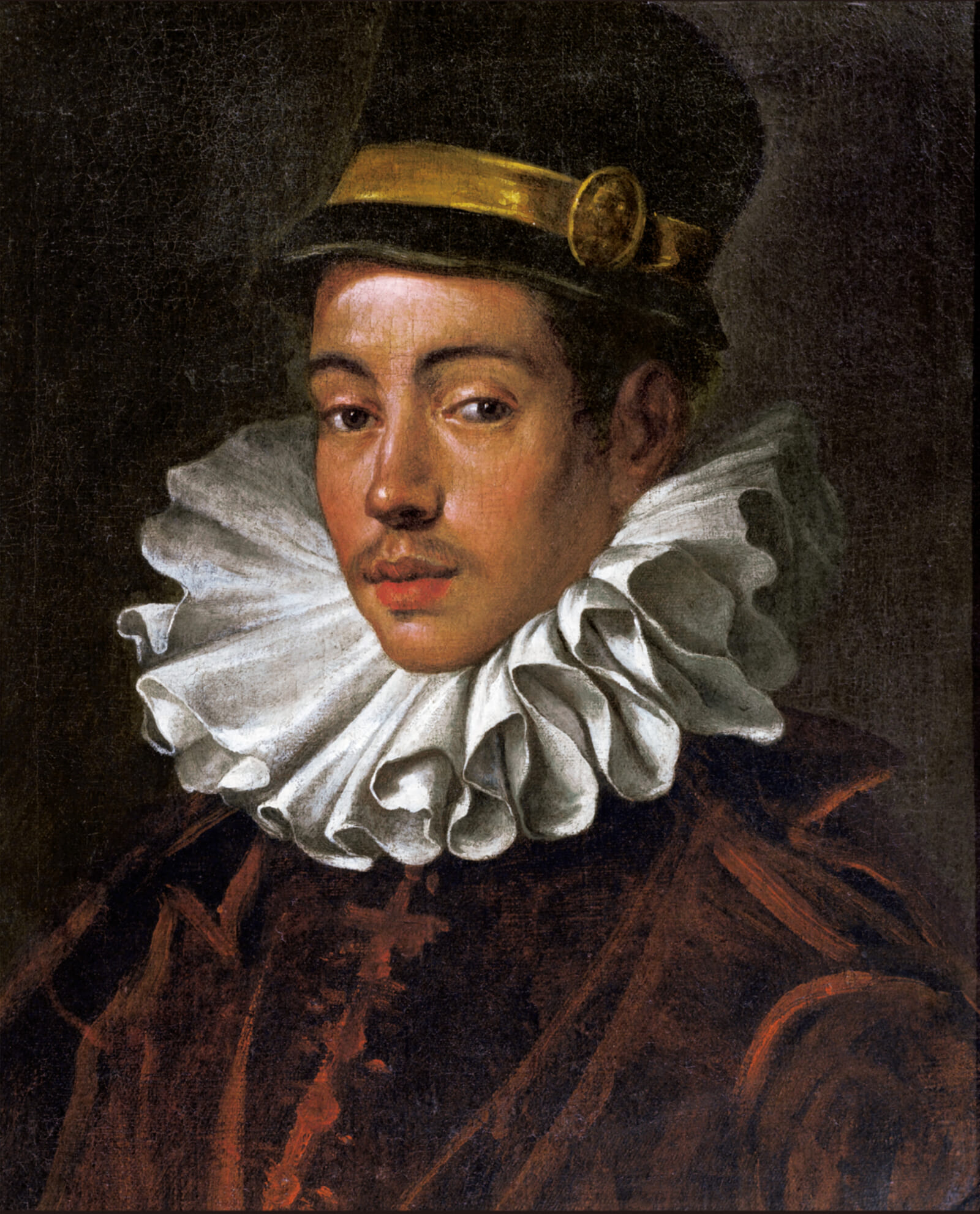Ito Mancio (Miyazaki)
Born to a noble family in Saito city, Miyazaki Prefecture, in 1569, Ito Sukemasu was baptized with the name Mancio in 1580. Two years later, the then 13-year-old headed a diplomatic mission to Europe. While other Japanese had visited the continent before, this was the first time official delegates had been sent by feudal lords. During the eight-year voyage, the Tensho embassy met King Philip II of Spain, Pope Gregory XIII and his successor, Pope Sixtus V. In 1608, Mancio joined the order of Jesuit priests.

Posthumous portrait of Saigo Takamori in uniform by Masayoshi Tokonami, 1887
Saigo Takamori (Kagoshima)
Described by historian Ivan Morris as “the quintessential hero of modern Japanese history,” Saigo Takamori is believed to be the inspiration for Ken Watanabe’s character, Katsumoto Moritsugu, in The Last Samurai. Along with Okubo Toshimichi and Kido Takayoshi, he was one of the Three Great Nobles of the Meiji Restoration (1868–1889) when Japan returned to imperial rule. He then led the Satsuma Rebellion against the Meiji government he helped bring to power. Takamori died during the samurai’s final revolt at the Battle of Shiroyama in Kagoshima.
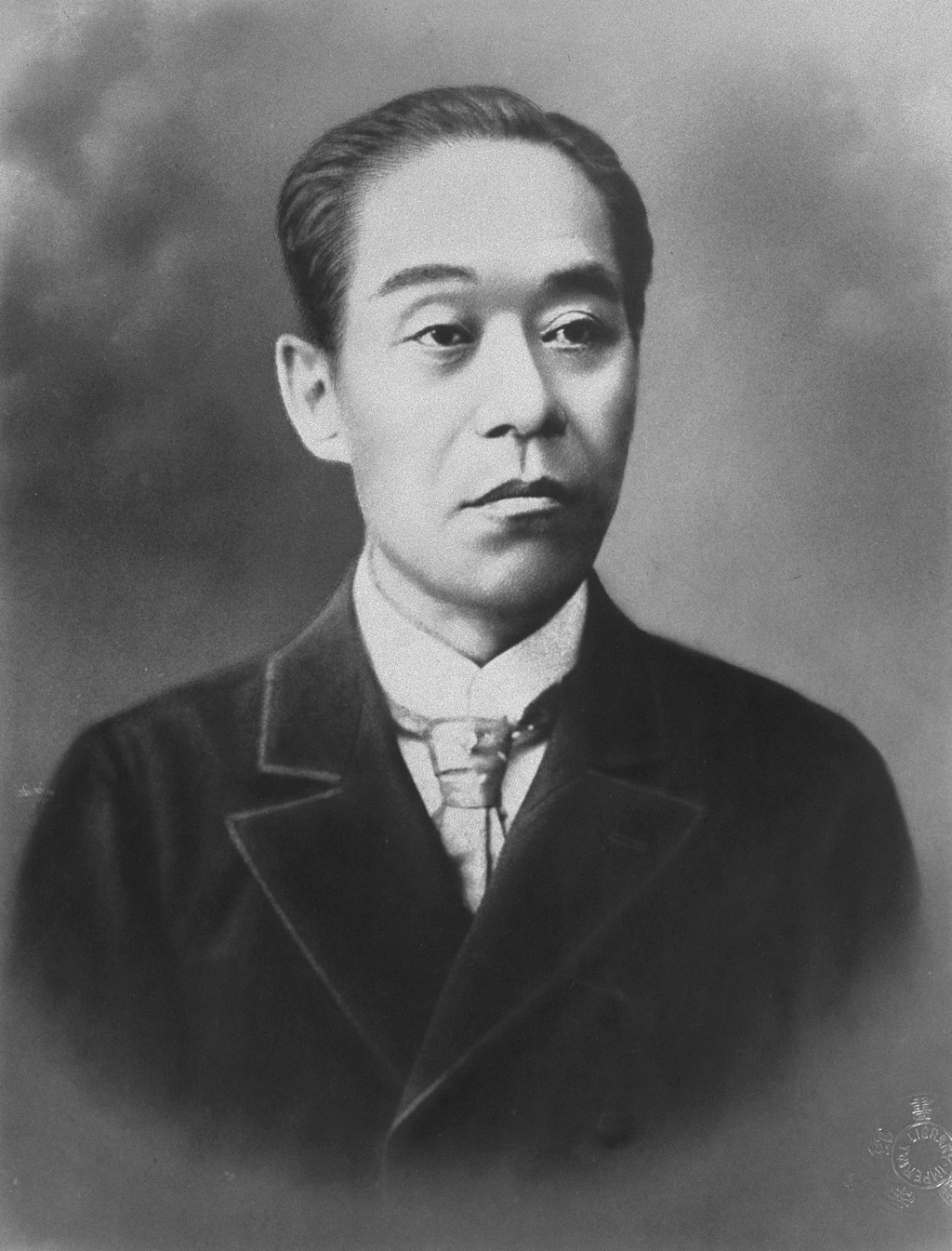
Portrait of Yukichi Fukuzawa, founder of Keio University, date unknown
Yukichi Fukuzawa (Oita)
The most celebrated member of Oita Prefecture’s Okudaira clan in Nakatsu, Yukichi Fukuzawa founded Keio University, Japan’s first private university, in 1858, and Jiji Shimpo newspaper 24 years later. Challenging the notion that everyone had a fixed role in a hierarchical society, he encouraged people to think for themselves through his philosophy of dokuritsu-jison (independence and self-respect), a revolutionary concept at the time. He is the face of the ¥10,000 note until 2024.
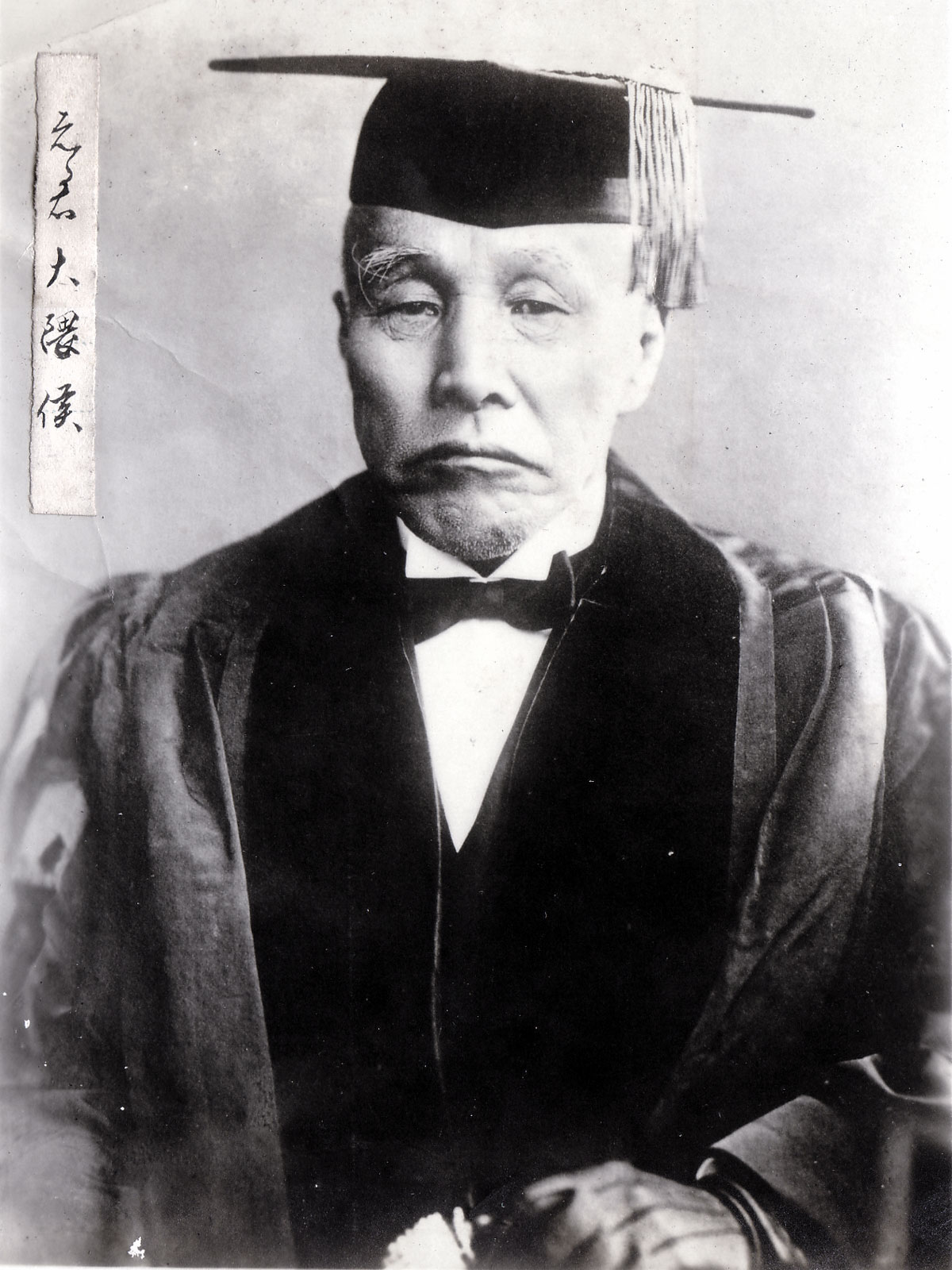
Portrait of Shigenobu Okuma, founder of Waseda University, date unknown
Shigenobu Okuma (Saga)
In the same year Yukichi founded Jiji Shimpo, Shigenobu Okuma established an educational facility to rival Keio. Tokyo Senmon Gakko, later renamed Waseda University, was called a “rebel school” when it opened in 1882, as Okuma had been expelled from the government. He went on to serve as prime minister of Japan on two separate occasions, first in 1898 and again from 1914 to 1916. An early advocate of Western science and culture in Japan, he was instrumental in the opening of the country’s first railroad.
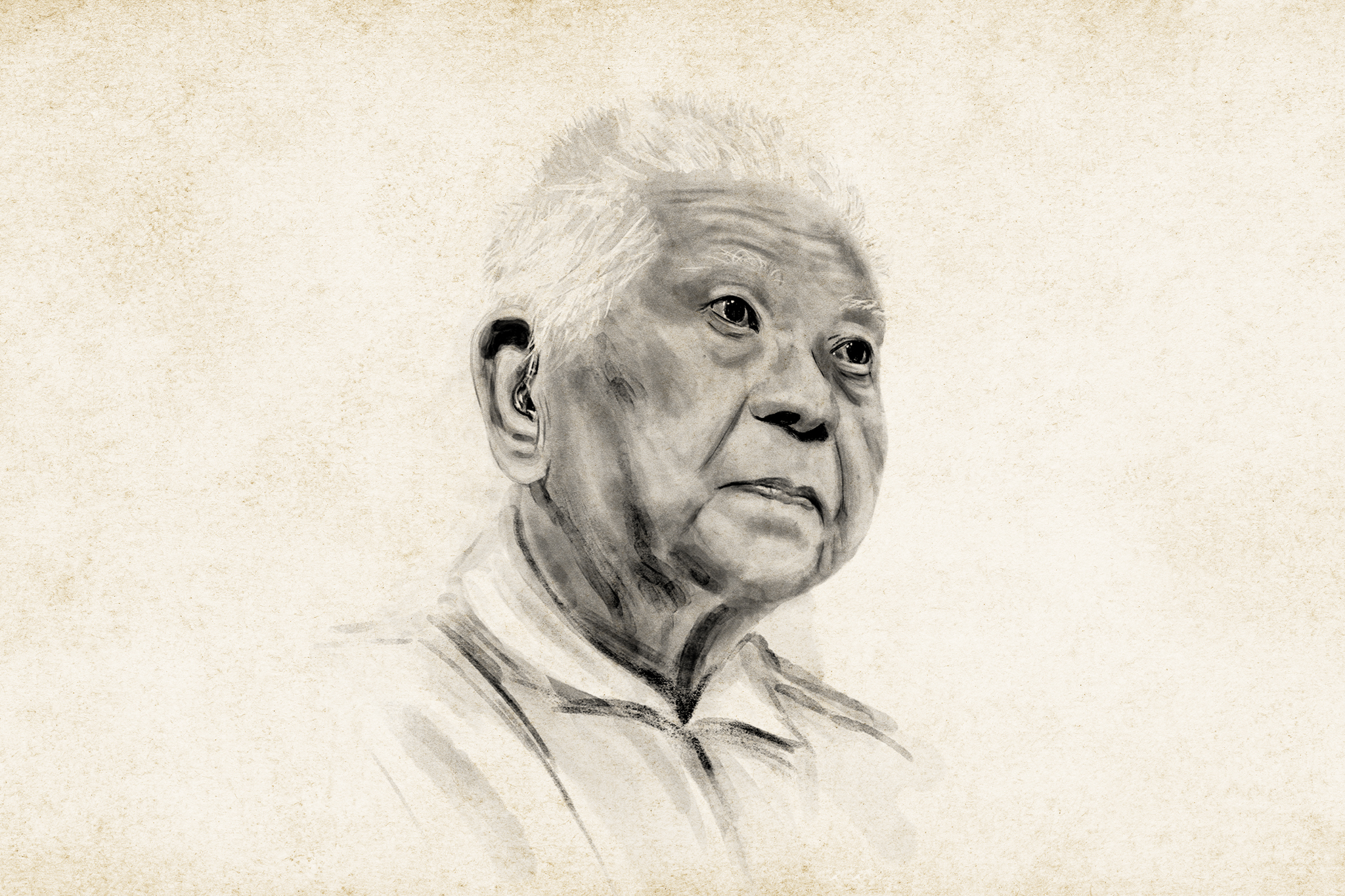
Tsutomu Yamaguchi, double hibakusha | Illustration by Rose Vittayaset
Tsutomu Yamaguchi (Nagasaki)
At 8:15am on August 6, 1945, Little Boy was dropped on the city of Hiroshima. The 13-kiloton uranium atomic bomb immediately killed nearly 80,000 people. Despite being just 3 kilometers from the epicenter of the blast, Tsutomu Yamaguchi survived. Badly burned and suffering from a ruptured eardrum, he got a train to his hometown of Nagasaki, arriving on August 8. Returning to work the following day, he was then thrown back by another explosion. The only person officially recognized as a double hibakusha by the Japanese government, he became a vocal proponent of nuclear disarmament.
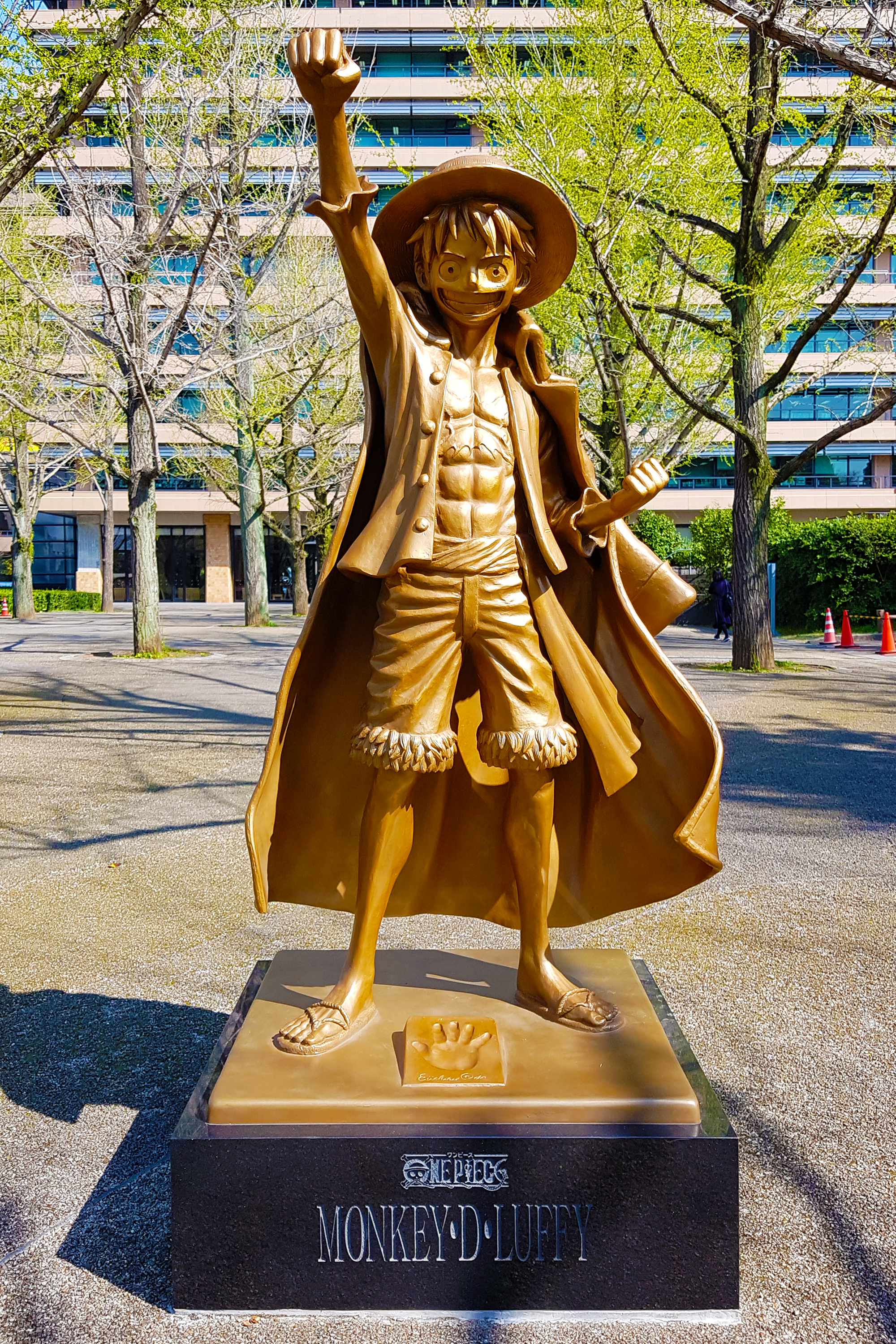
Statue of Monkey D Luffy, one of Eiichiro Oda’s creations, in front of Kumamoto Prefectural Government Office | Photo by icosha via Shutterstock
Eiichiro Oda (Kumamoto)
At the age of just 4, Eiichiro Oda set his sights on becoming a manga artist as he wanted to avoid getting a “real” job. More than four decades on and the Kumamoto Prefecture native is now one of the bestselling fiction authors of all time, ahead of the likes of J.K. Rowling and Leo Tolstoy. Though he has published other manga, his success is all down to One Piece, which has staggeringly sold more than 500 million tankobon copies worldwide, far more than any other manga.
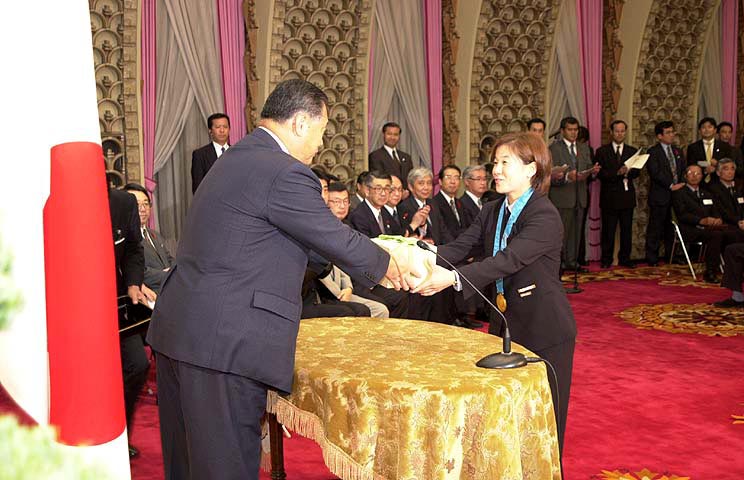
Former Prime Minister Yoshiro Mori and Olympic champion Ryoko Tan. Photo by the Prime Minister’s Office, licensed under CC BY 4.0
Ryoko Tani (Fukuoka)
Fukuoka Prefecture has produced several Olympic champions including legendary gymnast Kohei Uchimura and International Swimming Hall of Fame-inductee Tetsuo Hamuro. The athlete who captured the public’s imagination most, though, was arguably Ryoko Tani, née Tamura. A record seven-time world champion, she won medals at five consecutive Olympics, including two golds. Credited for the boom in women’s judo in Japan during the 1990s, she was named “best female judoka ever” after her retirement. In 2010, she was elected to the House of Councillors.
More From This Series
Check out other articles from our List of 7 series:

